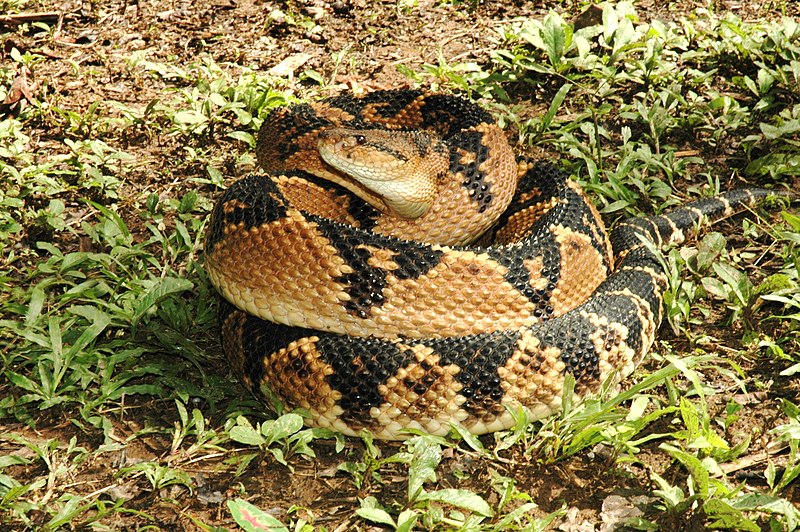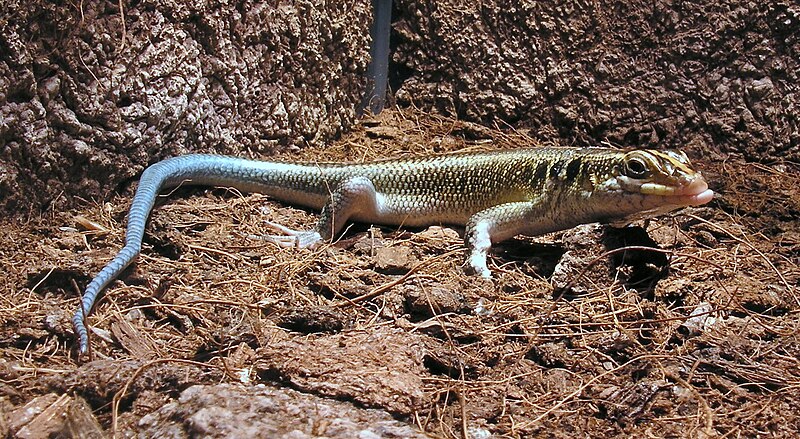 Please see Part 1 of this article for general information and details concerning some well-known, long-established groups and journals. Today we’ll take a look at some newer organizations that cater to special interests. Read More »
Please see Part 1 of this article for general information and details concerning some well-known, long-established groups and journals. Today we’ll take a look at some newer organizations that cater to special interests. Read More »
Monthly Archives: December 2010
Attracting and Collecting Earthworms – a Simple Technique
Earthworms are one of the most nutritious food items available for amphibians, and for those reptiles, invertebrates and fishes that will take them. Collecting them (in one piece!) can, however, be frustrating, and they are quite costly at bait stores. One trick I stumbled upon years ago has greatly simplified the task of supplying my collection with earthworms – I hope you find it useful. Read More »
Professional Herpetological Organizations and Journals – Part 1
 I have belonged to local herpetological societies since childhood, and continue to be involved with several today. A few, such as the NY Turtle and Tortoise Society, nicely serve both professional herpetologists and lay people…but whatever their leanings, all are of immense value. Today I’d like to highlight some professional groups and journals that are open to everyone.
I have belonged to local herpetological societies since childhood, and continue to be involved with several today. A few, such as the NY Turtle and Tortoise Society, nicely serve both professional herpetologists and lay people…but whatever their leanings, all are of immense value. Today I’d like to highlight some professional groups and journals that are open to everyone.
The Bronx Zoo’s Reptile House has copies of the “Big Three” – The Journal of Herpetology, Copeia and Herpetologica – dating back to the first issues of each, and in my 21 years working there I think I went through most of them! Membership tends to be expensive (student rates are often available), so I summarize research notes from current issues and post them here on occasion (please see articles below). Read More »
African Rainbow Skinks Now Breeding in Florida – Giant Ameivas Spreading
 A breeding population of African Five-Lined or Rainbow Skinks, Trachylepis (formerly Mabuya) quinquetaeniata, has been discovered in Port St. Lucia, Florida, bringing the total number of exotic herps known to be established in the USA to 66. The Giant or Green Ameiva, or Jungle-Runner (Ameiva ameiva), known to the state since 1954, seems to be expanding its range.
A breeding population of African Five-Lined or Rainbow Skinks, Trachylepis (formerly Mabuya) quinquetaeniata, has been discovered in Port St. Lucia, Florida, bringing the total number of exotic herps known to be established in the USA to 66. The Giant or Green Ameiva, or Jungle-Runner (Ameiva ameiva), known to the state since 1954, seems to be expanding its range.
Florida’s Newest Exotic
Rainbow Skinks, which are native to a broad belt of Sub-Saharan Africa stretching from Senegal to Kenya, are the newest of Florida’s many exotic animals. Well-known in the US pet trade, the recently discovered population seems limited to a weedy lot near a now-defunct reptile importing business. Past reports of dead and dying skinks found on the importer’s property point towards the all-too-common source of the new arrivals. Read More »
The Common Musk Turtle – My Choice for Perfect Pet Turtle, with Notes on Relatives
 As a boy working for an animal importer in NYC, I was much taken by the first hatchling Common Musk Turtle (Sternotherus odoratus) I encountered. The minute, jet-black beast, much smaller than a baby Red-Eared Slider, was irresistible. Last month that very same turtle turned 46 (please see photo). So I am, of course, partial to the species, but there are actually very good reasons to keep this fascinating turtle and its relatives.
As a boy working for an animal importer in NYC, I was much taken by the first hatchling Common Musk Turtle (Sternotherus odoratus) I encountered. The minute, jet-black beast, much smaller than a baby Red-Eared Slider, was irresistible. Last month that very same turtle turned 46 (please see photo). So I am, of course, partial to the species, but there are actually very good reasons to keep this fascinating turtle and its relatives.
Description
This turtle rarely exceeds 4 inches in length (record: 5 3/8 inches); males average 3 inches. The highly-domed carapace is olive-brown to black and often algae-coated. The plastron is small, leaving a good deal of flesh exposed. The skin is gray to black, and there are two yellow stripes on the head and a pair of sensory barbels (fleshy protuberances) on the chin and throat. Read More »
 That Reptile Blog – Reptile, Amphibian and Exotic Pet Care and Information
That Reptile Blog – Reptile, Amphibian and Exotic Pet Care and Information
